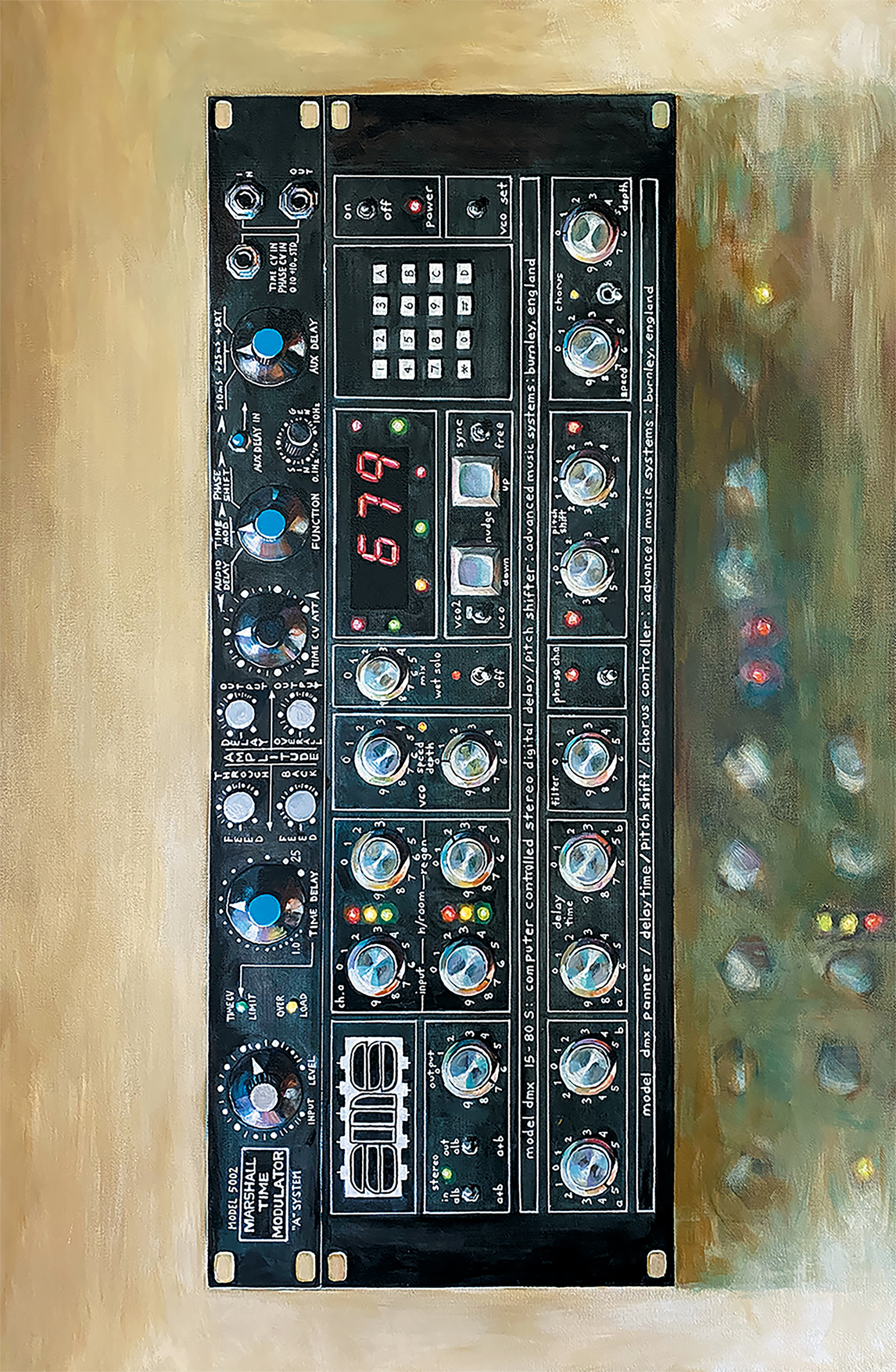It has been more than 20 years since I got my first original Copperphone microphone and wrote a review for Tape Op about it [Tape Op #42]. I fell in love with that microphone the moment I heard it, and I have used it on hundreds and hundreds of recordings since. Not to mention, I have put that microphone on any and every single source I came across, and it always brought something to the recording that wasn't only about the sound. It also brought character. Simply calling it "lo-fi" is like calling the recorded output of Billie Holiday "old-sounding." There is something evocative in the sound of a limited bandwidth capture of a very inspired performance that also gives the listener a sense of honesty. A Copperphone, and the sound it imparts on any source, is the sound of self-awareness, or of letting the listener in. We know it's a recording. We know it happened in a studio, and it isn't trying to "trick" the listener into thinking it is live. The Copperphone gives a sense of gravity to the source by admitting it has been recorded, much like the quality of old film, it gives a sense of nostalgia to an otherwise commonplace situation.
When a recording adheres to the basic "best practices" style of engineering, and all the microphones used are what we have come to think of as irreplaceable from years of advertising and internet message boards ("the kick mic," "the snare mic," "the overheads have to be X," etc.) we wind up with so many formulaic recordings that are the well-crafted equivalent of a clever statement at a comedy performance – where people clap and appreciate rather than burst with uncontrolled laughter. It can result in a measured, and academic response rather than an involuntary, emotional response. When the emotional response is the goal, a tool like the Copperphone is worth well beyond its (already reasonable) price tag.
Now, here we are 20-plus years after Mark Pirro started Placid Audio, and with that debut of the Copperphone, secured a place in every single creative recording studio on the planet. To commemorate the complete and total hit that the Copperphone became, he has released the Copperphone AV20, and right off the bat, it's awesome.
This new version brings us a few nice little tweaks that I didn't know I’d want until trying this microphone. For instance, the AV20 has an extra output, a beautiful mounting bracket, and a different element that is sealed rather than using the resonance of the mic's cavity for part of the sound. The one thing that stuck out, in a literal sense, was the baton toggle switch poking out of the top of the mic. Having known the simple and bombproof (really, ask Mark) design of the original Copperphone, it looked out of place to me. Like if one of my favorite people showed up with an extra hand sewn onto their forehead after knowing them for 20 years. It turned out to be a very, very cool LPF (low pass filter) that takes some of the already limited top end off the output of the mic, making it even darker and more mysterious. The physical position of the switch still feels a little funny to me after multiple uses, and I hope to see a revision with something like a push button, which isn't so susceptible to being bent or busted off. I want my microphones to be able to be thrown through a car windshield and still do the session.
At this point, I would say without hesitation that the Copperphone is a classic, and the Copperphone AV20 takes that legendary limited bandwidth sound and gives it a few tweaks that make it even more usable in the studio, and probably better at live shows with the non-resonant capsule arrangement and higher output. This microphone is something that every single studio should have. The Copperphone is like an indicator species: If I see that a studio has one or more Copperphones, I am almost sure I will wind up getting along well with the owner/operators.
If you already have some solid dynamic mics, a few condenser mics, and a few other good choices, the Copperphone AV20 would be the next thing on the list. It's one of the least expensive mics out there that elevates the entire collection. It even has a lifetime warranty! In short, I love the Copperphone. When I pack for a session outside of Studio G Brooklyn, where we have about ten Placid Audio microphones (including four original Copperphones), I always carry a Copperphone with me. I think that choice is now going to be the AV20.




_disp_horizontal_bw.jpg)